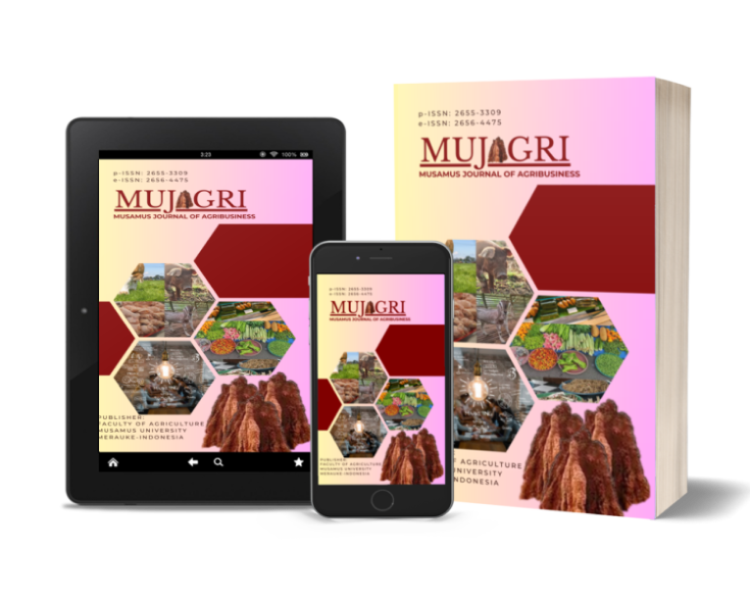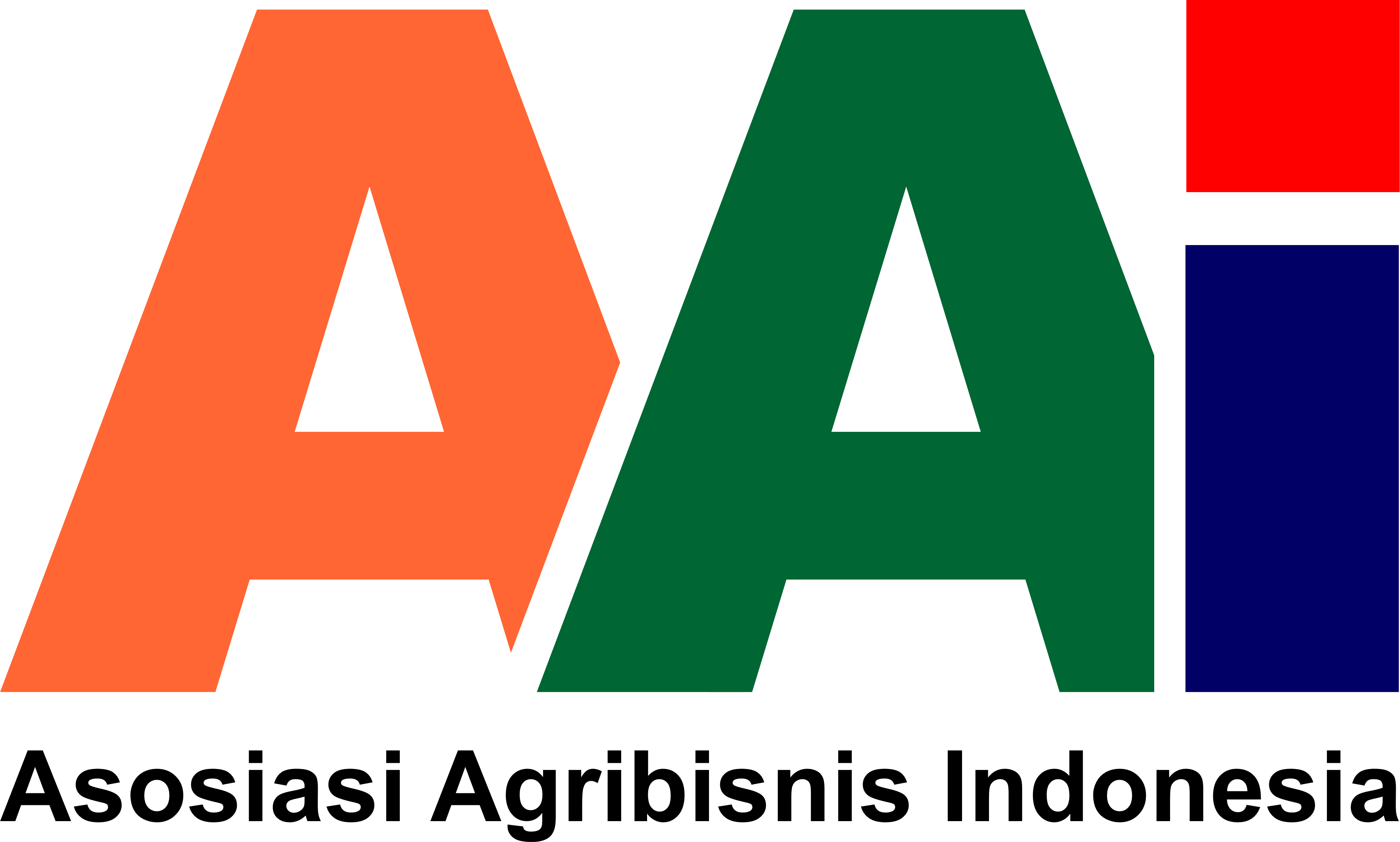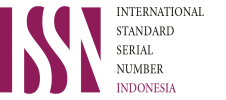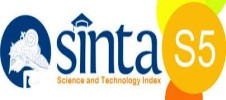Strategi Pengembangan Potensi Petatas (Ipomea Patatas L) Menjadi Tepung Di Kampung Bersehati Distrik Tanah Miring Kabupaten Merauke
Abstract
These activities were not sustainable. This study aims to identify various opportunities, strengths, weaknesses, and threats, examine internal and external factors, and formulate and determine selected strategies in developing the sweet potato flour business using the SWOT matrix. Determination of selected strategies is done using the QSPM matrix. The research was conducted from March to June 2018 in the pet flour processing business group of the Village of Salted District of Tanah Miring District of Merauke Regency. The results showed that IFAS (Internal Factor Summary) factors in the sweet potato flour business were the availability of raw material for sweet potatoes, lack of equipment and use of technology, limited availability of capital, adequate human resources, and less than optimal management. EFAS factor (External Factor Summary) in the sweet potato flour business is the support of the village and community governments very well, the market potential is quite good, price fluctuations, lack of competitiveness, and the role of the government. The SWOT analysis formulated 11 (Eleven) alternative strategies for developing sweet potato flour namely : 1. Collaborating with the Government through a work program to function, to operate and develop flour business 2. Improve marketing networks by adding marketing partners 3. Promoting back to the community that sweet potato flour products are local products as superior products of Merauke Regency 4. Organizing internal training sustainable business management (routine meetings) 5. Requesting capital from the Government to advance business 6. Need to conduct an analysis of petroleum flour business studies 7. Establish attractive product promotion 8. Create value added flour products. 9. Create and develop a system storage of raw materials 10. Conducting training on how to manage business capital (financial management). 11. Increasing technology for preserving sweet potato flour. Furthermore, based on the QSPM (Quantitative Strategic Planning Matrix) matrix, there are 2 (two) alternatives that have the highest score as the first strategy done first: 1. Collaborating with the government through work programs to enable the operation and development of the sweet potato flour business, total alternative scores 5.12. And the last strategy that needs to be done is a study of the analysis of the sweet potato flour business, a total alternative score of 1.42.
References
BPS Mearauke Dalam Angka 2016
David, Fred, R. 2011. Strategic Management Manajemen Strategi Konsep, Edisi 12, Salemba Empat, Jakarta.
Data Kementan 2016
Fred R. David, 2009, Manajemen Strategis. Salemba Empat Jakarta .
Handawi, P.S. 2010. Kajian Keterkaitan Produksi, Perdagangan dan Konsumsi Ubi Jalar untuk Meningkatkan 30% Partisipasi Konsumsi Mendukung Proses Keanekaragaman Pangan dan Gizi. Seminar Nasional. http//www anneahira.com/Artikel Umum/Agribisnis.htm. Kantor Deputi Menegristek. Ubi Jalar/Ketela rambat (Ipomoea batatas L).
Rangkuti, F. 2008. Analisa SWOT Teknik Membedah Kasus Bisnis. Jakarta : PT.Gramedia Pustaka Utama.
Santoso, Singgih. 2014. Statistik Multivariat Edisi Revisi. Jakarta: PT Elex Media Komputindo.
Setiawan. 2010. Serialia Sumber Karbohidrat Utama. PT.Renika Cipta. Jakarta : 32- 34
Subagyo, P. Joko. Metode Penelitian. Jakarta: PT. Rineka Cipta. 2011.
Wibowo,(2012) UJI COBA PEMBUATAN COOKIES DENGAN TEPUNG KULIT TELUR AYAM SEBAGAI PENGGANTI TEPUNG TERIGU. JURNAL PERHOTELAN, 04 (01). ISSN 1978-6247
The authors who publish in Musamus Journal of Agribusiness agree to the following terms:
- Authors retain copyright and grant the journal right of first publication, with the work simultaneously licensed under a Creative Commons Attribution License that allows others to share the work with an acknowledgement of the work's authorship and initial publication in this journal.
- This journal provides immediate open access to its content. All the articles are licensed under a Creative Commons Attribution-NonCommercial-ShareAlike 4.0 International License.
- Authors grant the journal the following rights: (1) first publication and distribution of the article, (2) making it available to the public, and (3) public presentation.
- Authors have the right to enter into separate contractual arrangements for posting the article to an institutional repository or publishing it in a book with an acknowledgement of its initial publication in this journal.
- Authors are permitted to post citations from their work online (e.g., on their website) with an acknowledgement of its initial publication in this journal






.gif)








v1.png)
3.png)

